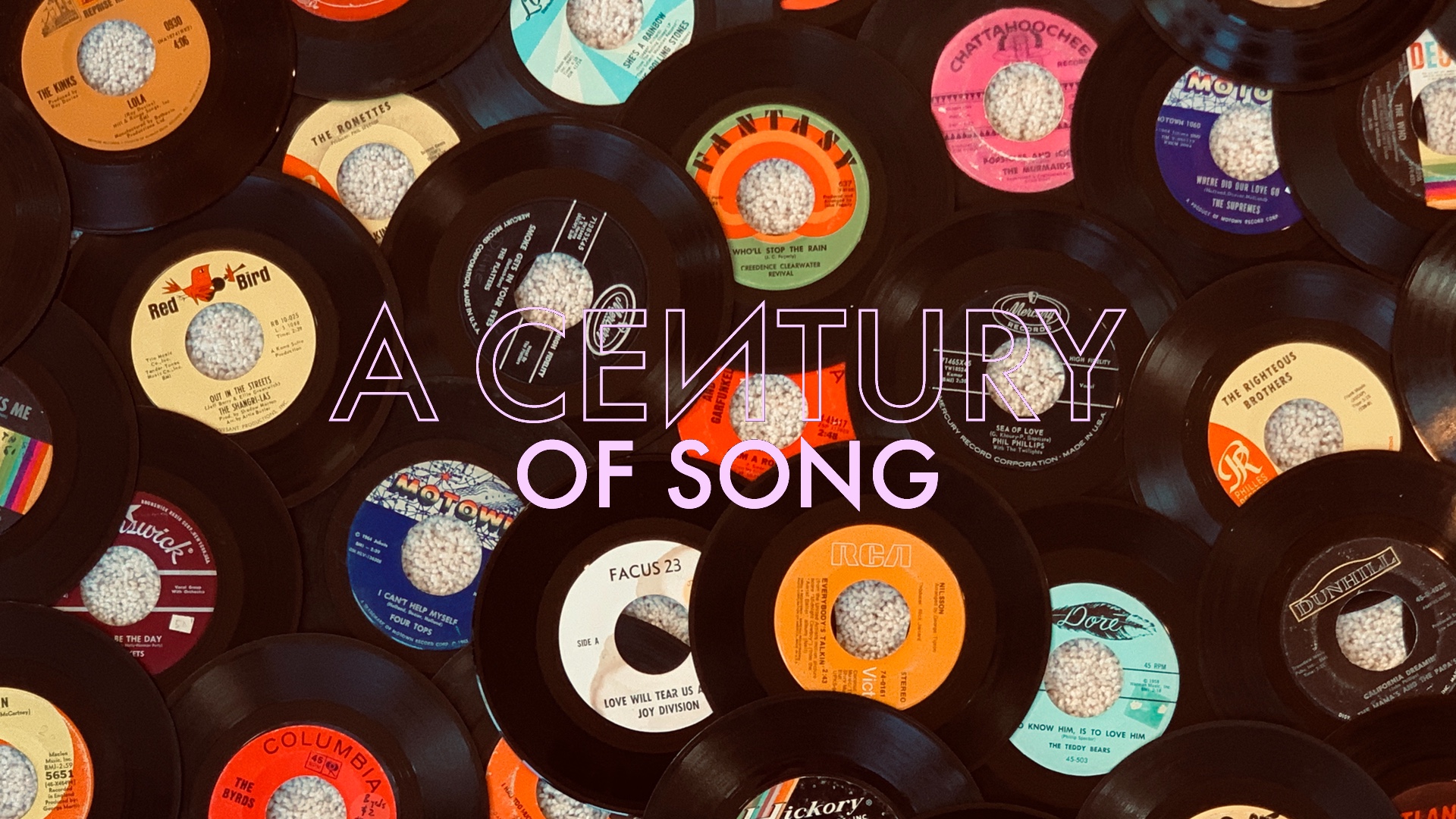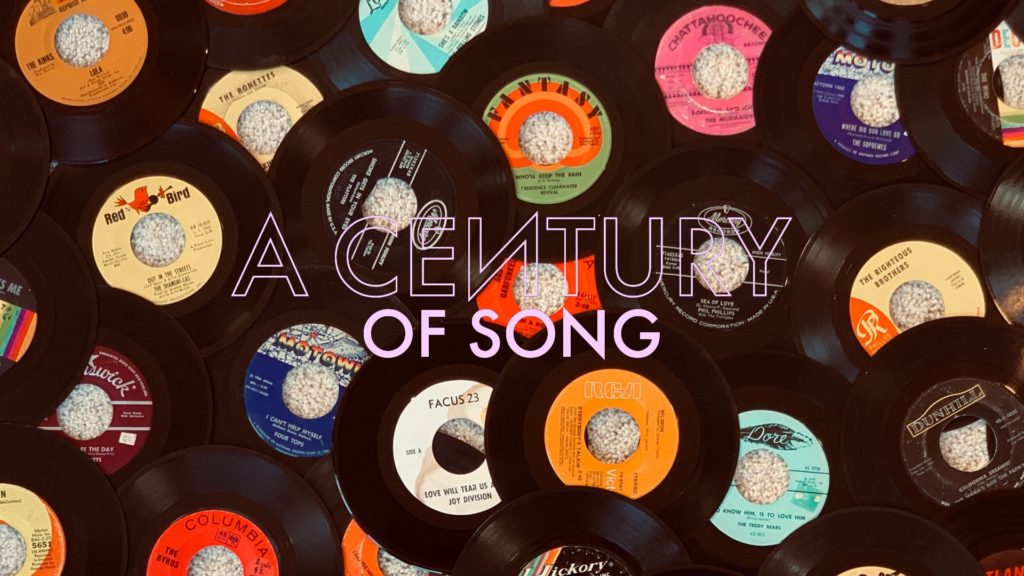
A Century of Song is an attempt to summarize 100 years of popular music through 1000 carefully chosen tracks. Included within this list are landmark singles, stellar album cuts, huge hits, hidden gems, and more than a few personal favorites. Read the introduction for the project here, and enjoy the embedded videos and Spotify playlist.
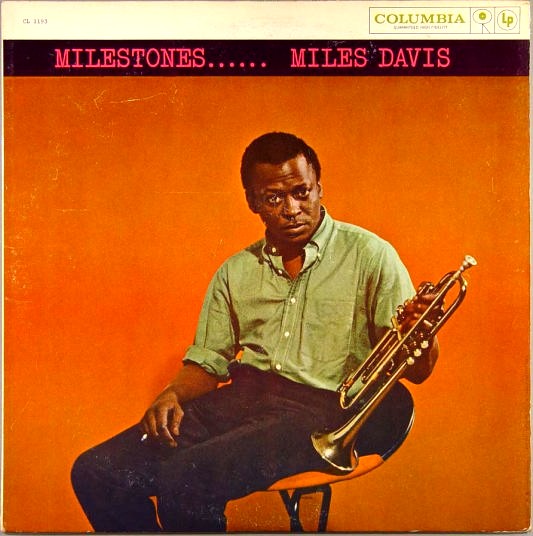
600
The first song that Miles Davis composed in the modal style that he would employ on his 1959 masterpiece, Kind of Blue, “Milestones” is an aptly titled entry in the legendary trumpeter’s catalog. Like many of Davis’ innovations, “Milestones” may be technically impressive, but its importance does not come at the expense of accessibility.
Featuring one of Davis’ most inspiring assemblages of talent – his First Great Quintet plus Cannonball Adderley on alto sax – “Milestones” skips by at a brisk pace. Davis, Adderley, and John Coltrane each take a solo, but it’s the song’s head section that would most endear it to listeners, and turn the composition into a jazz standard.
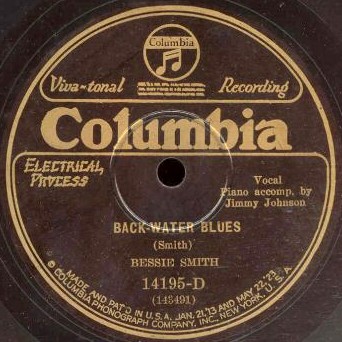
599
While its writing predated the crest of the Great Mississippi Flood of 1927 by a matter of months, “Backwater Blues” has become one of the songs most associated with the catastrophe. Written by Bessie Smith – and subsequently covered by countless other artists – it is one of the most influential singles of its time.
Already a star by 1927, “Backwater Blues” found Smith delivering a commanding performance that would only increase her public profile. The song would soon become an anthem for hundreds of thousands left homeless by the Great Flood – particularly 200,000 African Americans, many of whom would join the Great Migration northward in search of a fresh start.
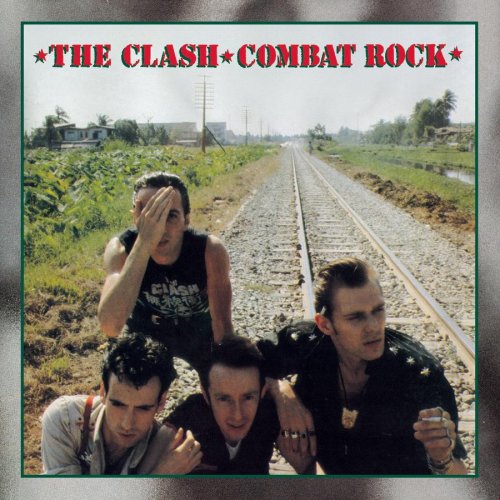
598
An anomaly for The Clash, “Rock the Casbah” was largely composed and recorded by the band’s drummer, Topper Headon. Finding the group far removed from their roots on the British punk scene, the song had an undeniably danceable nature that would ultimately help to make it the biggest hit of their career.
Like many rock songs with a political bent, Joe Strummer’s lyrics largely went over the head of the mass audience that “Rock the Casbah” attracted. Written as a critique of government censorship, the song would ultimately become associated with Western military operations in the Middle East, even seen as something of an anthem for troops, much to the chagrin of Strummer.
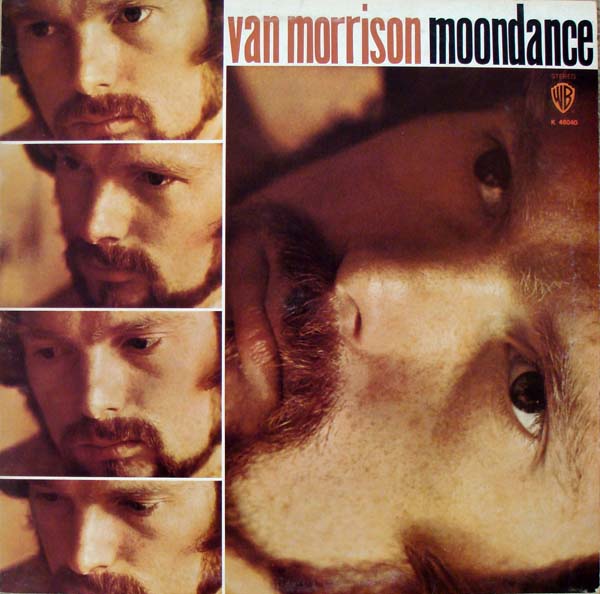
597
Tweaking the impressionistic jazz-influenced stylings of 1968’s masterful Astral Weeks, “Moondance” found Van Morrison hitting upon a sound that was as commercially viable as it was intellectually satisfying. It would help to open up the most successful phase of Morrison’s career, serving as the title-track to the album that would make him a radio mainstay.
“Moondance” veers much further toward the jazz end of the spectrum – as opposed to the rock end that Morrison explored during the mid-sixties with his band, Them. Despite this, the song’s more traditional verse/chorus/verse structure ensured a level of accessibility that had eluded the more meandering and pastoral tracks on Astral Weeks. Though not released as a single until years later, the song was a hit that remains one of Morrison’s most celebrated tracks.
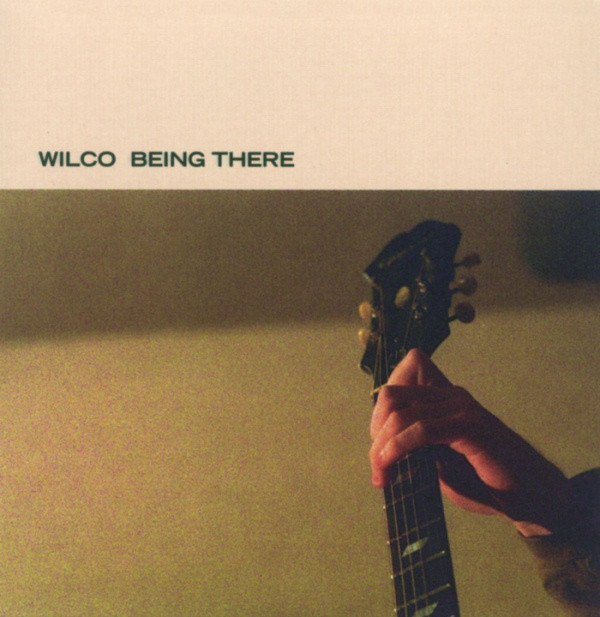
596
Following Uncle Tupelo’s split in 1994, Jeff Tweedy set out to prove that he could helm a successful act on his own – apart from former bandmate/co-songwriter Jay Farrar. While 1995’s A.M. represented a promising start for Tweedy’s new band, Wilco, 1996’s double-LP, Being There, represented his true artistic arrival.
Pushing beyond the narrow alt-country confines of A.M., Being There was a sprawling set that – while embracing some “band on the road” tropes – found Tweedy and his increasingly-confident collaborators exploring new sonic territory. Arguably the album’s most celebrated tracks are its pair of disc openers: “Misunderstood” and “Sunken Treasure.”
Like twins separated at birth, the two songs are lengthy tracks that begin as folk numbers, but go on to incorporate dissonance to enhance their emotional impact. While Wilco fans generally seem to prefer the more visceral “Misunderstood,” I’ve always had a stronger draw to the confessional nature and late-night road imagery of “Sunken Treasure.” Tweedy had written strong songs before, but this was arguably his first brush with greatness.
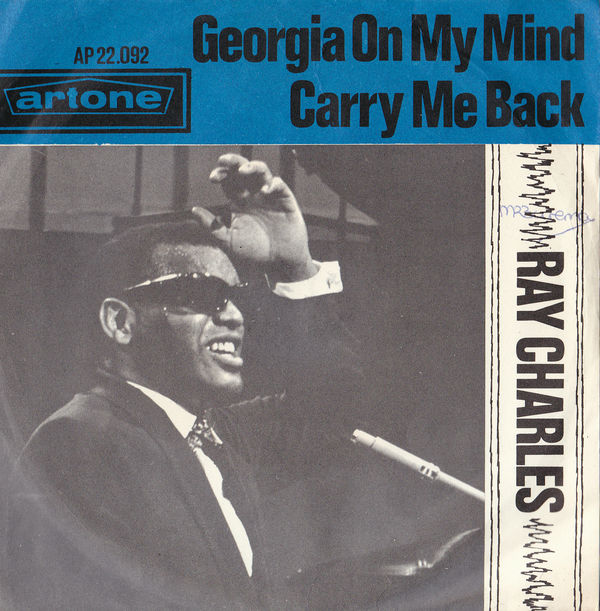
595
Born in Albany, Georgia in 1930, Ray Charles would ultimately become the state’s favorite native son, honored in 1979 when his first #1 hit was adopted as the official song of the Peach State. Okay, that’s the sentimental – and not exactly accurate – version of the story. The reality, as always, was far more complicated.
To start, while Charles was a fine songwriter in his own right, “Georgia on My Mind” was actually written by Hoagy Carmichael and Stuart Gorrell a few months before Charles was even born. Second, like most African-Americans growing up in the South during the Jim Crow era, Charles faced intense, state-sanctioned discrimination throughout his life – even after achieving international stardom.
Like his much-heralded 1976 version of “America the Beautiful,” “Georgia on My Mind” likely found Charles wrestling with his position in a land that had given him immense opportunity in some aspects of life, while denying his basic humanity in others. Regardless, it’s a stirring track that stands near the center of his legacy.
*Spotify does not have Charles’ 1960 studio recording, so I have substituted a live version in its place.
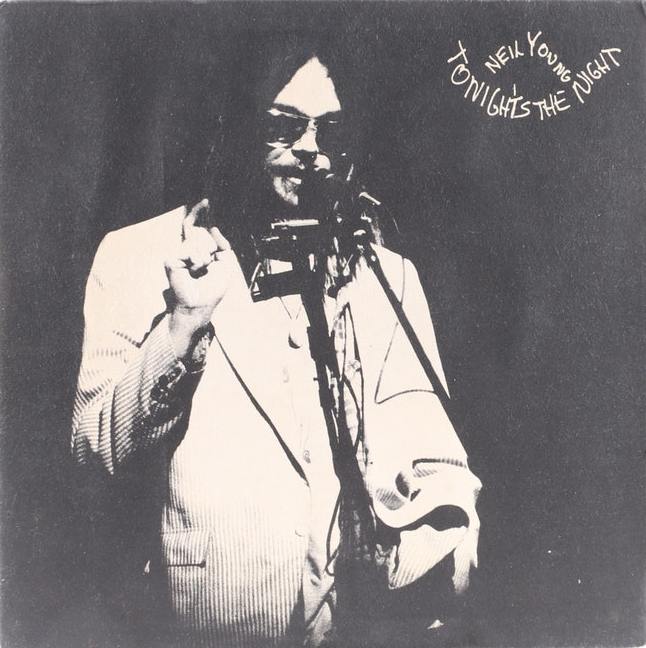
594
Neil Young once referred to 1975’s Tonight’s the Night as “the closest I ever came to art.” The centerpiece of his “Ditch Trilogy” of albums, it’s hard to argue against Young’s assessment, as Tonight’s the Night is the most raw, intense, and visceral collection of songs in his storied discography. Its penultimate track, “Tired Eyes,” is arguably the album’s most affecting moment.
Famously, Tonight’s the Night was inspired by the drug-related deaths of two members of Neil Young’s inner circle: guitarist Danny Whitten and roadie Bruce Berry. While “Tired Eyes” does not specifically refer to their deaths – it details a drug deal gone horribly wrong, whereas Whitten and Berry both died of overdoses – it’s not difficult to hear Young projecting his own personal sorrow in the song.
In what may be the most pained vocal performance of his career, Young pleads with the unidentified recipient of his message to open up the “tired eyes” of a man who “tried to do his best.” While some have interpreted it as a plea for resurrection, I’ve always read it as Young’s appeal to Saint Peter, vouching for forgiveness for his departed friends.
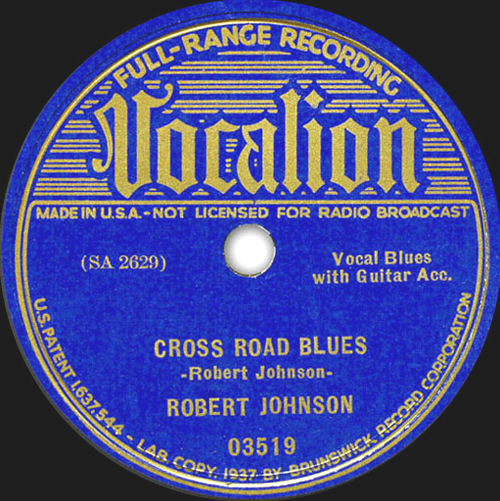
593
The haunted, distant recordings of the delta blues are rife with mythology, and no figure of the genre looms larger than Robert Johnson. While his alleged deal with the Devil was not the original telling of that tale – the unrelated Tommy Johnson was the first bluesman to be associated with a crossroads origin story – Robert Johnson has become become a larger-than-life figure in the decades since his 1938 death.
“Cross Road Blues” makes no mention of the Devil, but it is still seen by many as Johnson’s origin story – enhanced by its position as the opening track on the essential 1960 collection, King of the Delta Blues Singers. For some listeners, the song’s lack of detail only makes it a more intriguing track, as one can fill in the blanks to determine how Johnson’s plea to a higher power was ultimately answered. Beyond its lyrical intrigue, “Cross Road Blues” provides a compelling example of Johnson’s considerable talents as a guitarist and singer – talents that separated him from nearly all of his contemporaries.
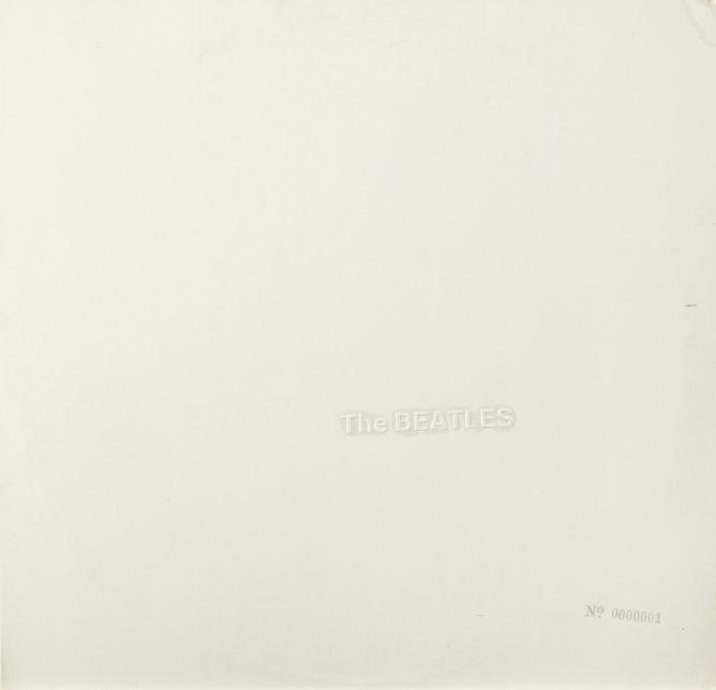
592
Only a few years removed from “I Want to Hold Your Hand” and “She Loves You,” “Happiness is a Warm Gun” presented a dramatically different side of The Beatles. One of the most immediately gripping songs from the legendary “White Album,” the track packs three distinctive movements into a remarkably tight run-time.
Its disturbing title inspired by an article in an NRA magazine – apparently brought to Abbey Road by George Martin – John Lennon was moved by its “insanity.” The song that he built around the phrase is full of grotesque imagery, inside jokes, and suggestive references to his soon-to-be wife, Yoko Ono. Lennon’s bandmates were up to the challenge of the song’s unconventionality – turning in one of their most compelling ensemble performances.
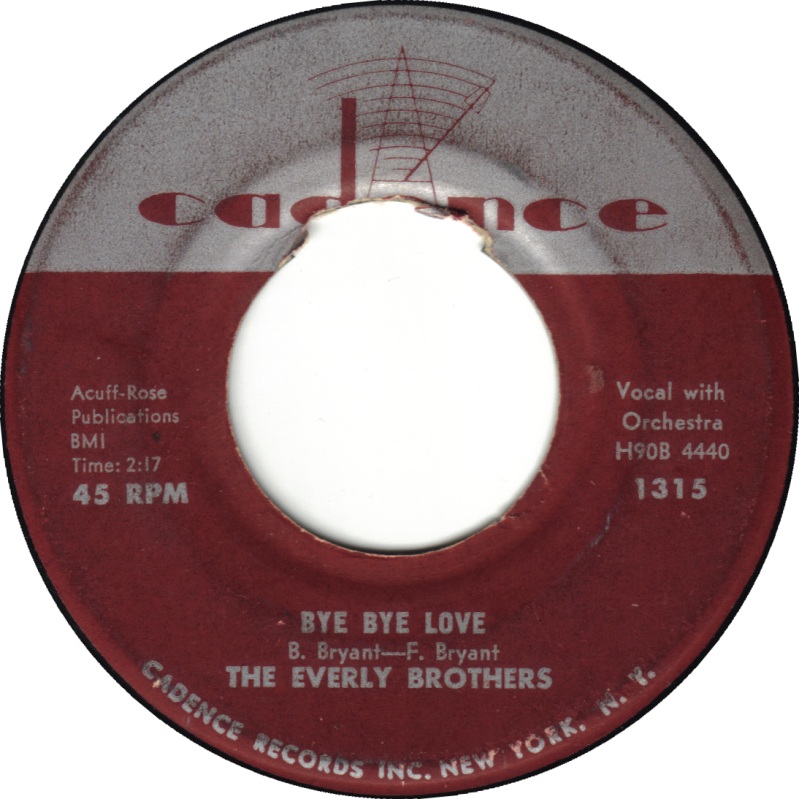
591
Dropped by Columbia after the failure of their first single, “Keep a-Lovin’ Me,” Phil and Don Everly secured a second chance when they earned a contract with Cadence Records in early 1957. The A-side of their first single with Cadence, “Bye Bye Love” would rocket to #2 on the pop charts later that spring.
Written by the husband-and-wife songwriting team of Felice and Boudleaux Bryant, “Bye Bye Love” was an ideal vehicle for the close, country-inflected harmonies of the Everlys. The track’s catchiness and difficult-to-categorize nature helped it appeal to country and pop audiences, as well as teenagers swept up in the rock and roll craze.
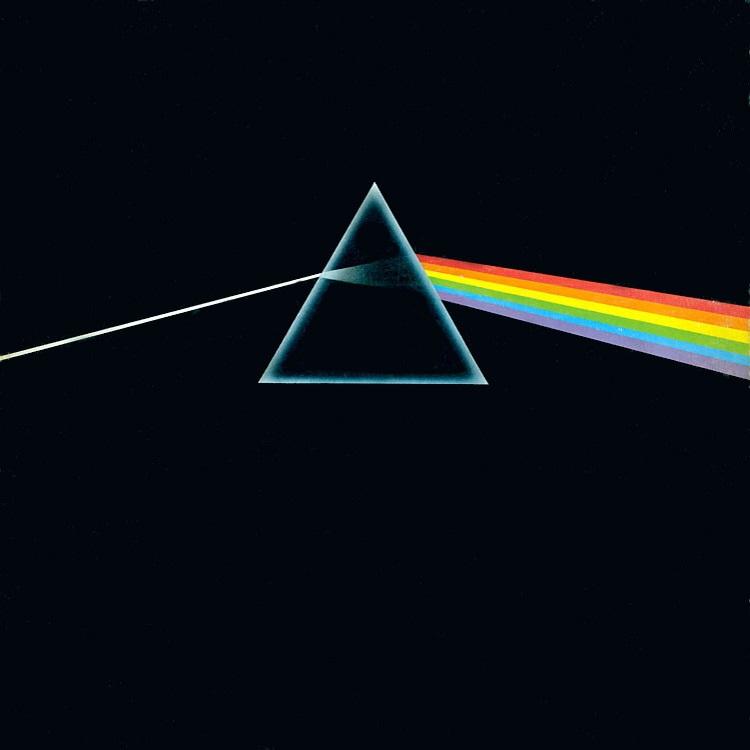
590
The calm at the center of Dark Side of the Moon, “Us and Them” finds Pink Floyd balancing their experimental impulses with the dynamism that would make the London group a stadium-filling commercial juggernaut. Spacious and jazzy, the song would become a critical component of one of the most iconic albums of all-time.
The drifting, languid pace of “Us and Them” is offset by its explosive choruses. David Gilmour’s lead vocals are supported by a choral backing cast – including Doris Troy, of “Just One Look” fame – which provides an emotional resonance that is often overlooked in discussions of Dark Side of the Moon.
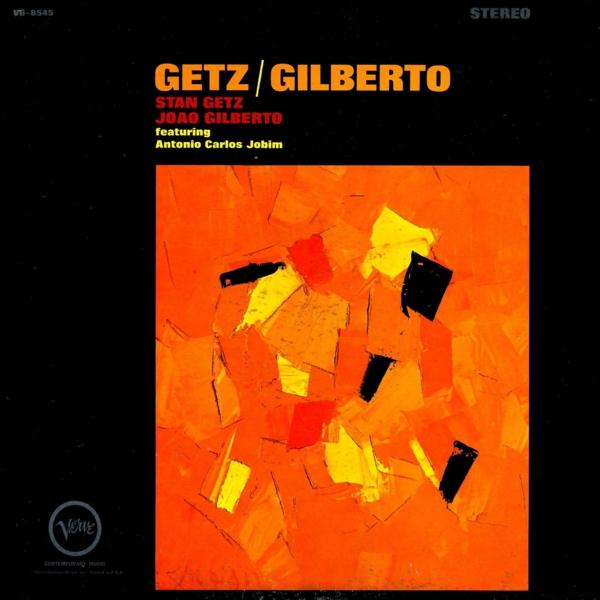
589
A global hit that brought bossa nova to an international audience, “The Girl from Ipanema” was the most rewarding result of a fruitful collaboration between Stan Getz and João Gilberto. Written by Antonio Carlos Jobim – who plays piano on the track – the song would push its parent album, Getz/Gilberto, to critical and commercial success.
While the instrumental work of all involved makes “The Girl from Ipanema” an all-time lounge classic, it was the song’s unplanned feature of Gilberto’s wife, Astrud, that would make it a hit. Her untrained vocals provided an elemental aspect to the track – one that only helped to emphasize the song’s easy-going appeal.
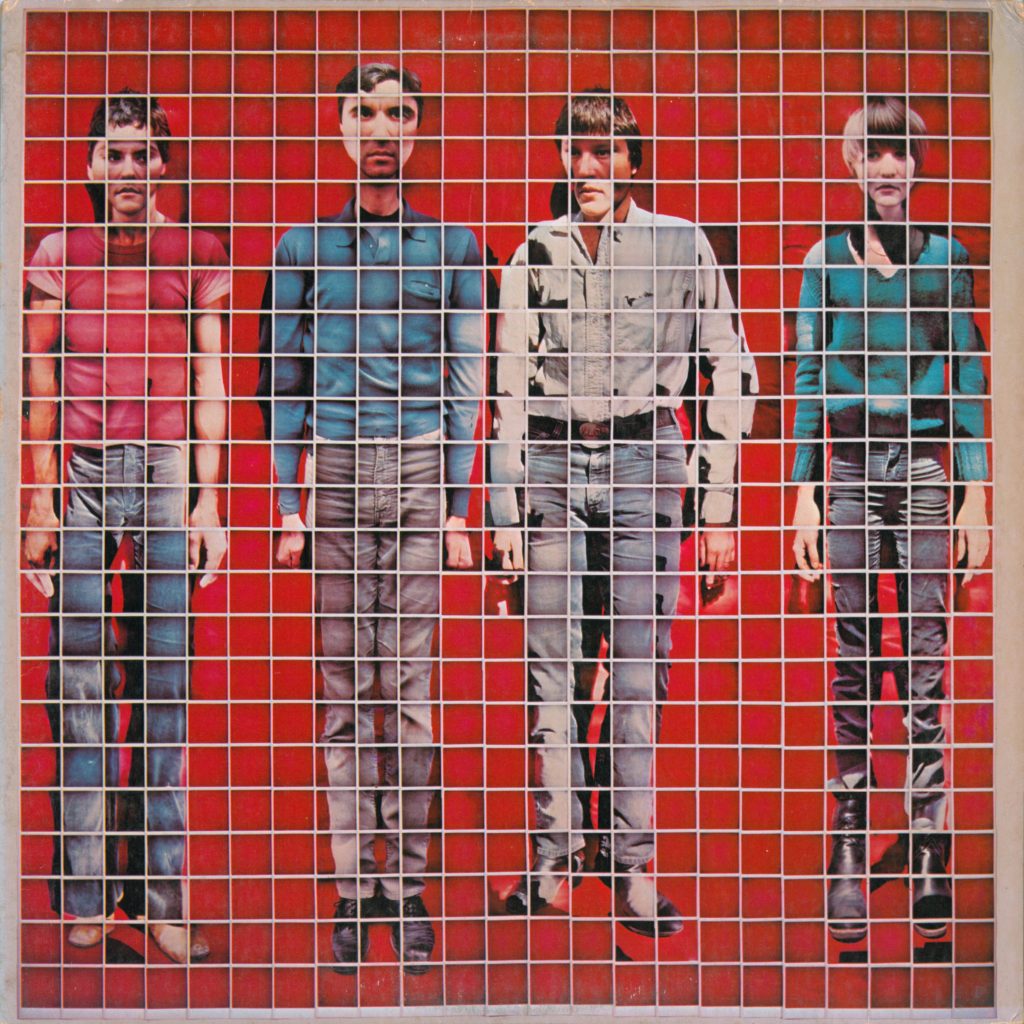
588
Following the band’s re-working of Al Green’s “Take Me to the River” into an anthem for nervous art punks, “The Big Country” comes across as a serene denouement to Talking Heads’ second album, More Songs About Buildings and Food. However, closer inspection reveals it to be one of David Byrne’s most cynical pieces of songwriting.
Written as a critique of “Middle America,” “The Big Country” may come off like elitist, East Coast snobbery run amok, but Byrne’s reputation for obliqueness leaves some wiggle room for interpretation – even if his actual words read as disdainful. Regardless, the song provided another intriguing shade of color from a band that was only just beginning to discover its greatness.
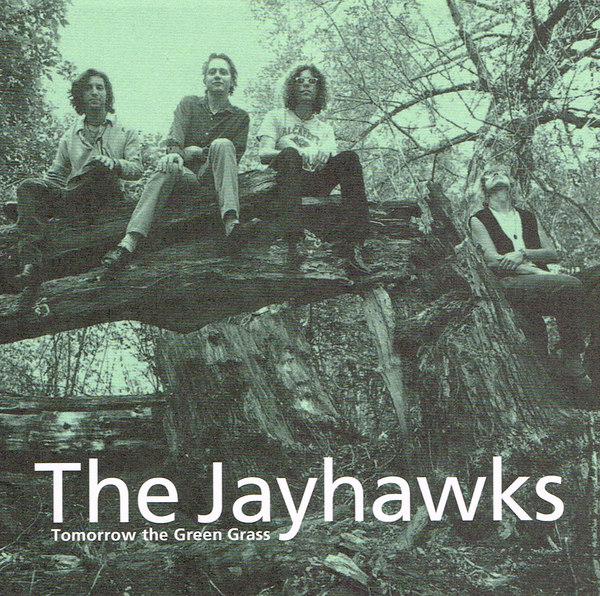
587
Formed in the mid-eighties, The Jayhawks have forged a lasting career as one of the most notable alt-country groups in America. During their mid-nineties peak, the band thrived on the songwriting partnership of Mark Olson and Gary Louris, and nowhere more so than on the first single from their 1995 album, Tomorrow the Green Grass.
“Blue” is the unquestionable peak for a band that was always solid, if rarely revelatory. Built upon an inviting chord progression and a warm acoustic arrangement, the song achieves greatness on the strength of Olson and Louris’ vocal harmonies – particularly in the soaring chorus, which is perfectly augmented by Paul Buckmaster’s lush string arrangement. While it brought The Jayhawks their biggest success to date, “Blue” would only be a modest hit – ultimately overshadowed by far lesser adult alternative singles from the likes of Blues Traveler and Hootie & The Blowfish.
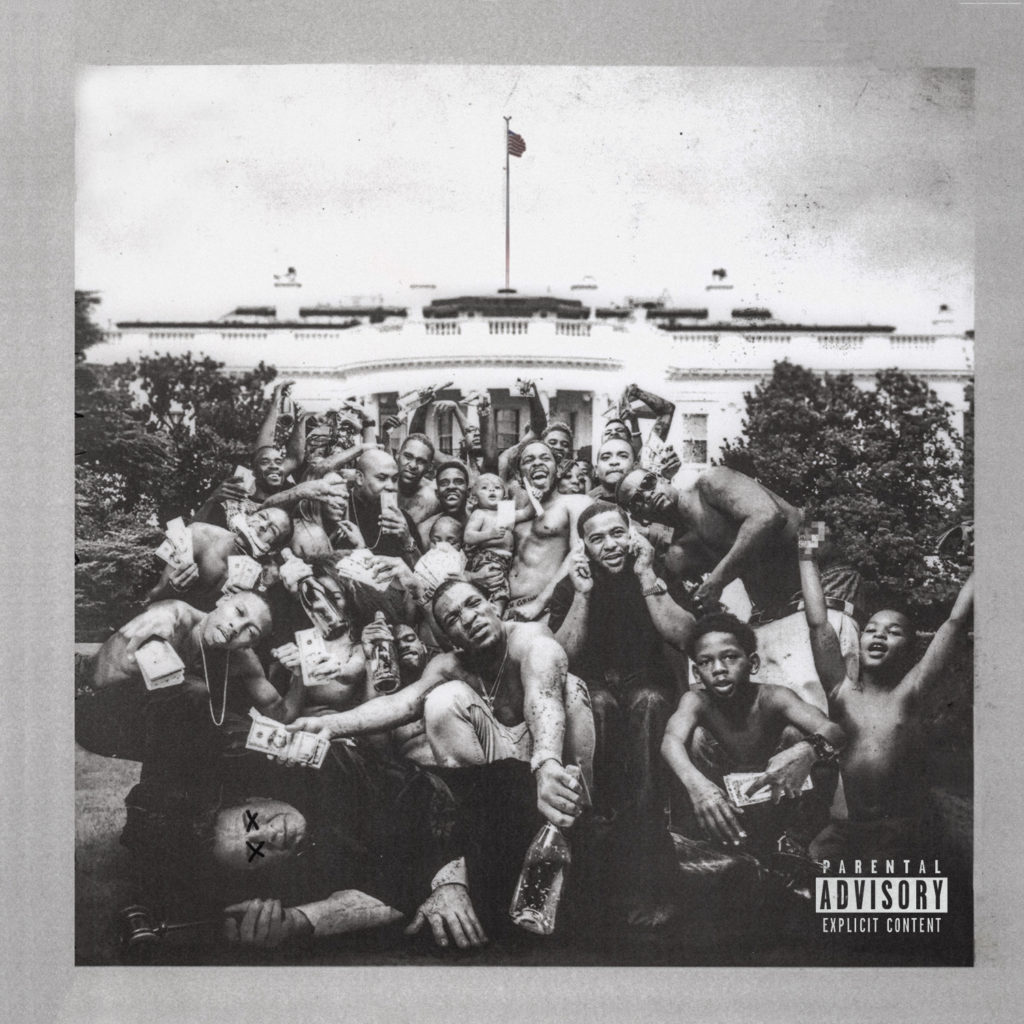
586
Arguably the catchiest track on Kendrick Lamar’s masterful To Pimp a Butterfly, “King Kunta” features the album’s funkiest production work and one of its most anthemic choruses. A surprisingly direct moment on a record full of dense lyricism and innovative production, the song is a highlight among many.
With its titular reference to Roots protagonist Kunta Kinte, “King Kunta” grounds itself in Alex Haley’s story of resistance, perseverance, and pride. Kendrick documents his own struggle in rising to the top of the rap game, while aiming to stay true to himself – alluding to the trappings of fame and power that serve as a recurring theme throughout To Pimp a Butterfly.
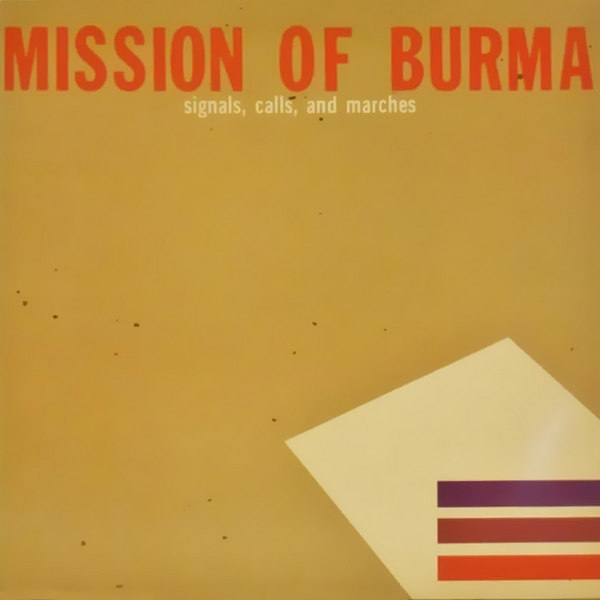
585
Mission of Burma remain underrated figures in American post-punk, and never did the quartet better capture the anxious ferocity of their live act than on the first track from their debut EP. Written by bassist/co-vocalist Clint Conley, “That’s When I Reach for My Revolver” is a testament to the Boston-based group’s legacy.
One of the main elements that separated post-punk from punk was its emphasis on atmosphere. Mission of Burma conjure a dark ambience on “Revolver” – one fitting of the threat implied in its title. There is an undeniable tension present throughout the song – one only slightly alleviated by its pounding, emphatic chorus.
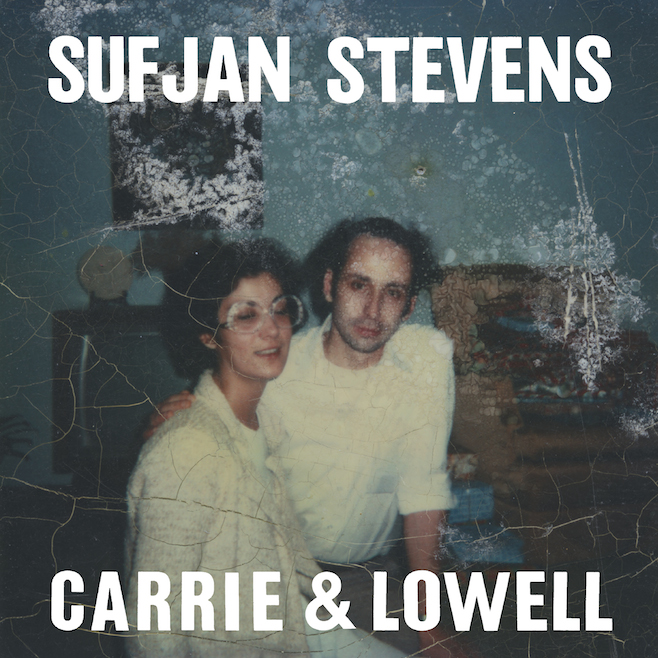
584
The penultimate track on his heartbreaking 2015 album, Carrie & Lowell, “No Shade in the Shadow of the Cross” finds Sufjan Stevens at his lowest, in deep grief over the physical loss of the mother who had emotionally abandoned him long before. Like most of the surrounding record, the song’s bare-bones production gives it a startling intimacy that only deepens its crushing impact.
“No Shade” contains Carrie & Lowell‘s least obscured references to the destructive behaviors that Stevens’ alluded to at the time of the album’s release. Its innuendos of drug abuse and self harm make for difficult subject matter, but – if there is a silver lining to be found in the song – one can imagine that this raw outpouring of emotion proved to be therapeutic for the esteemed songwriter.
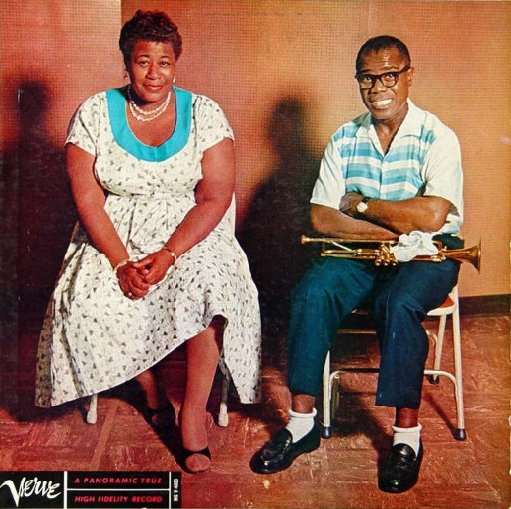
583
Ella Fitzgerald and Louis Armstrong teamed up for three collaborative records during the second half of the fifties – including an acclaimed adaptation of George Gershwin’s widely beloved Porgy & Bess. The two musical titans displayed a seemingly-effortless chemistry and immense charm throughout their work together – particularly on the 1956 album, Ella and Louis.
Highlights abound throughout Ella and Louis, but the album’s most delightful track is the duo’s interpretation of Irving Berlin’s 1935 song, “Isn’t This a Lovely Day?” The track’s easy pacing provides a perfect backdrop for their unmistakable voices, and Armstrong enchants with a solo that is equally dexterous and laid back.
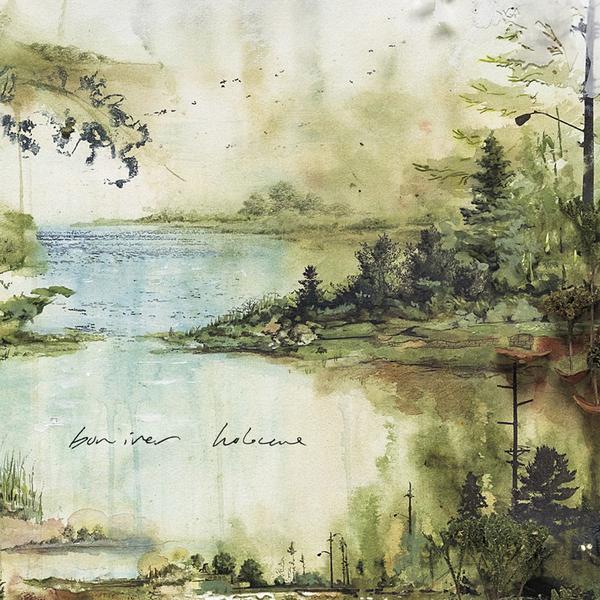
582
Fans of Bon Iver’s intimate 2007 album, For Emma, Forever Ago, were left somewhat divided over the widescreen approach of the project’s self-titled second LP when it arrived in the summer of 2011. Despite its mixed reception, even detractors of the album would have a hard time denying the beauty of its second single, “Holocene.”
Like the best moments of For Emma, “Holocene” evokes an icy atmosphere. However, where Bon Iver’s earlier work had done so with hushed vocals and stark production, “Holocene” projects its wintry sound through crystalline arpeggios and baroque instrumentation. Ultimately, what made it such an engaging track was the fact that underneath those instrumental flourishes was a song every bit as affecting as any on Bon Iver’s acclaimed debut.
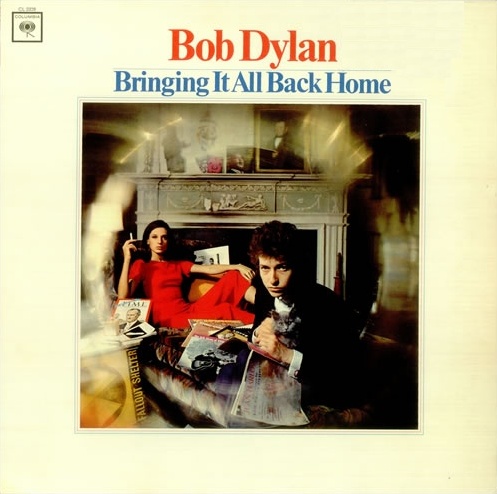
581
While it has been somewhat upstaged by the infamous “Judas” moment at the so-called Royal Albert Hall performance, Bob Dylan’s first – and most dramatic – act of defiance against the folk establishment came nearly a year earlier at the 1965 Newport Folk Festival. It was at Newport that Dylan went electric and – depending on whose account you believe – the folk establishment went berserk.
The song that Dylan chose for the live debut of his electric metamorphosis could not have been more appropriate. A snarling display of contempt towards authority, “Maggie’s Farm” was Dylan’s thinly-veiled declaration of independence from a scene that had attempted to box him in – one that preferred that he use his otherworldly gift for language on purely topical material. However, while the specifics of topical songs often give them an expiration date, the defiant attitude of “Maggie’s Farm” has made it a timeless companion to resistance.

